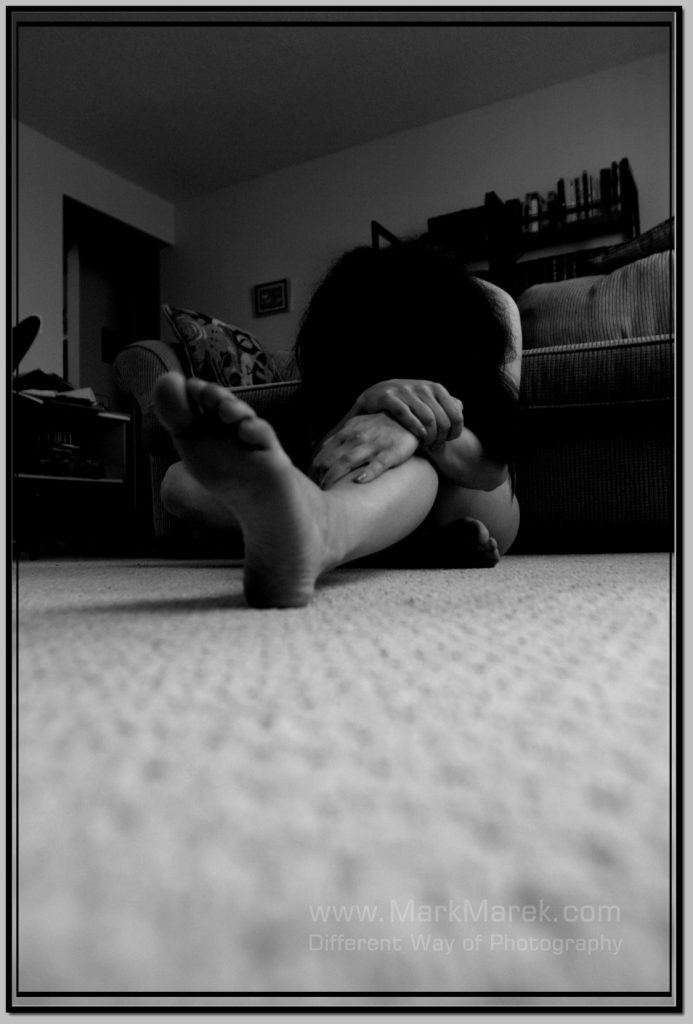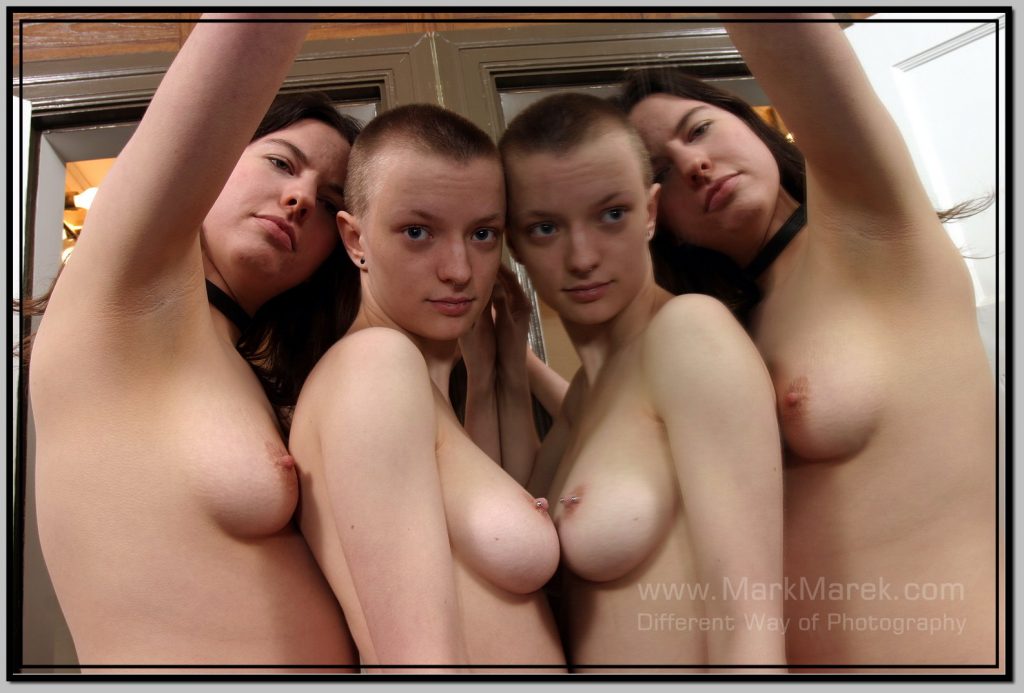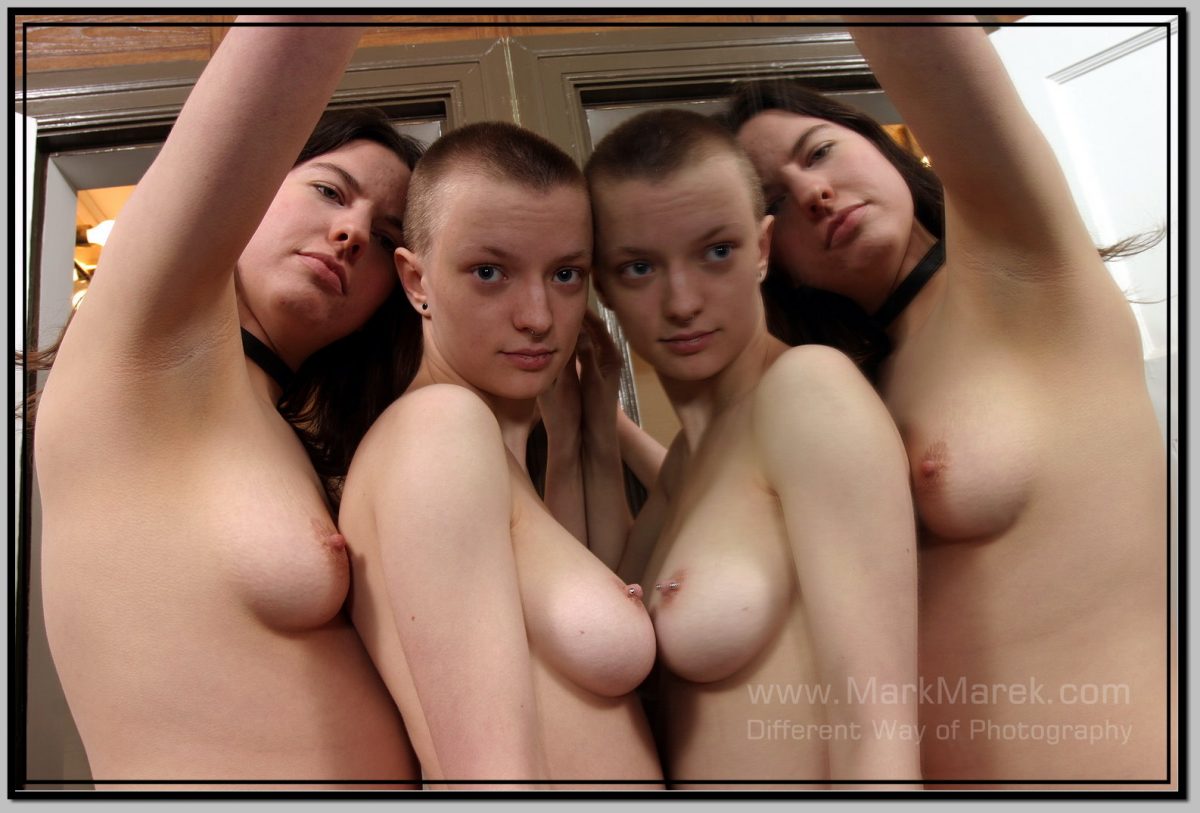Introduction:
The nude has been a staple subject in art history, appearing in countless forms throughout the ages. From ancient Greek sculptures to modern photography, the human form has been a subject of fascination for artists and audiences alike. This article will explore the role of the nude in art history, its evolution over time, and the different cultural and social contexts in which it has been depicted.

Section 1: The Ancient World
The depiction of the nude figure in art can be traced back to the ancient world, where it was primarily used in religious contexts. In ancient Greece, the nude was celebrated for its idealized beauty and became a common subject in sculpture. These works of art were intended to inspire and educate viewers, showcasing the human form at its most perfect and divine. Similarly, in ancient Rome, the nude was also a popular subject in sculpture, often depicting mythological figures or victorious warriors.
Section 2: The Renaissance
During the Renaissance, the nude underwent a dramatic shift in how it was depicted. Artists such as Michelangelo and Leonardo da Vinci sought to depict the human body with a greater degree of realism, anatomical accuracy, and emotional depth. The nude was no longer simply a symbol of perfection but a reflection of the complexities of human experience. These artists’ depictions of the nude were often commissioned by wealthy patrons as a symbol of their own intellectual and cultural refinement.

Section 3: The Modern Era
In the modern era, artists continued to explore the human form in new and innovative ways. Photography became a popular medium for depicting the nude, with artists like Edward Weston and Robert Mapplethorpe pushing the boundaries of what was considered acceptable. The nude was no longer simply a symbol of beauty or intellectual refinement but a means of exploring taboo subjects like sexuality, gender, and power dynamics.
Section 4: Social and Cultural Contexts
The depiction of the nude in art has always been shaped by social and cultural contexts. For example, during the Victorian era, nudity was considered scandalous and often censored. In contrast, during the 1960s and 70s, artists like Andy Warhol and Cindy Sherman used the nude as a means of challenging social norms and expectations. In contemporary art, the nude is often used to explore issues related to race, identity, and body positivity.
Section 5: Ethics and Controversies
Despite its long history, the depiction of the nude in art has always been controversial. From censorship and censorship to questions of exploitation and consent, the use of the nude in art has been the subject of ongoing debates. While some argue that it is a vital means of exploring complex human themes, others argue that it can be exploitative or objectifying.

Conclusion:
Throughout history, the depiction of the nude has been a complex and multifaceted subject, reflecting changing attitudes towards the human body, beauty, and cultural norms. As art continues to evolve, so too will our understanding of the role of the nude in art history.

